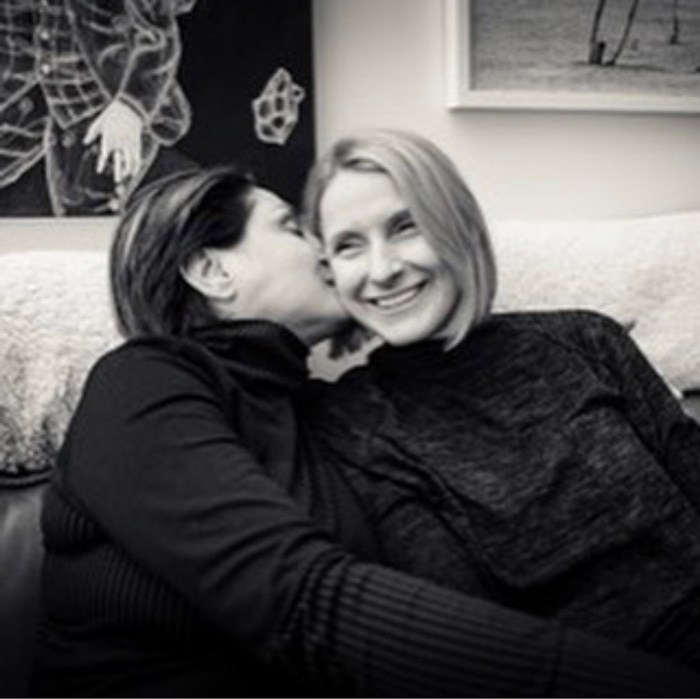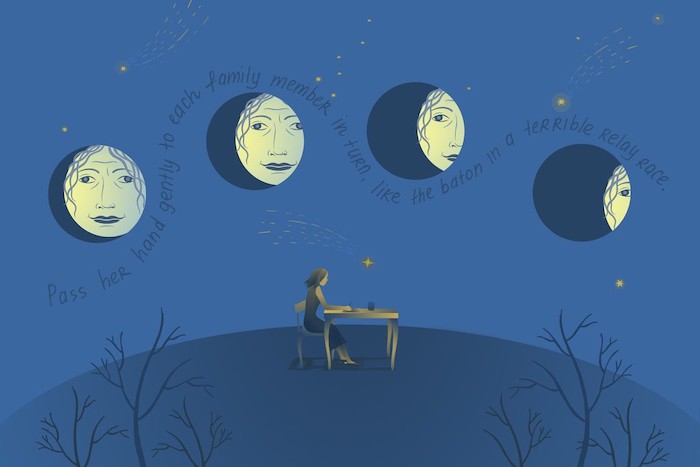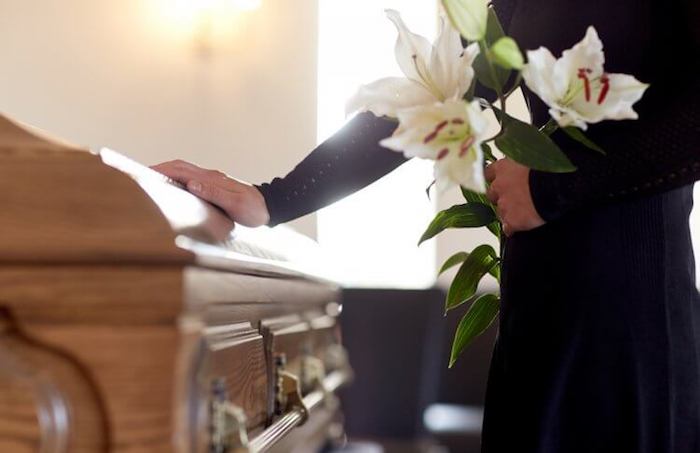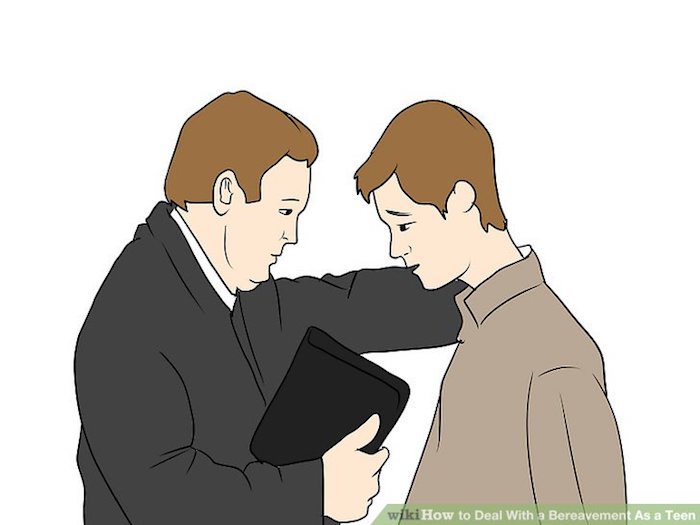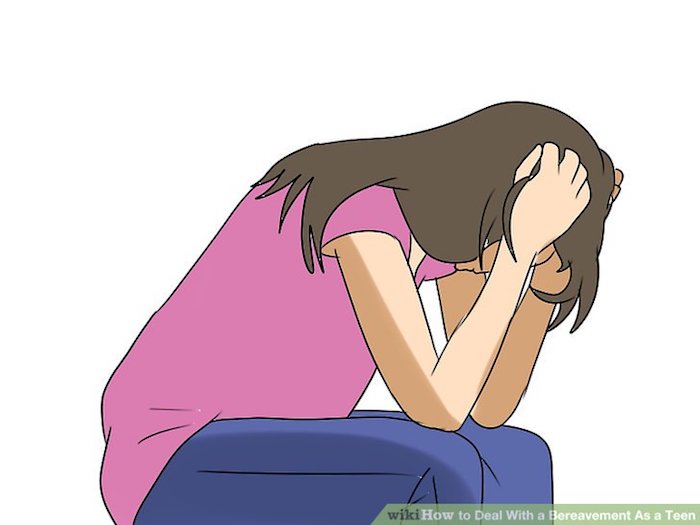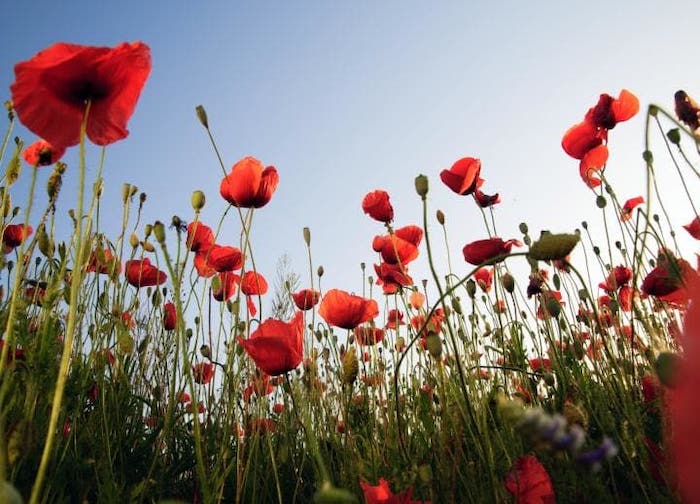
Remembrance Sunday was yesterday, the 11th of November. The two-minute silence, held at the 11th hour of the 11th day of the 11th month, provided a moment for the country to remember the sacrifices so many people made and to say thank you.
This year, marking 100 years since the end of the First World War, The Royal British Legion and Poppyscotland have launched a campaign to say ‘Thank You’ to all who served, sacrificed and changed our world through the conflict.
WWI impact on bereavement and mourning
The National Service of Remembrance will centre on the Cenotaph in Whitehall. Built to provide a focus for public mourning, the Cenotaph and an estimated 100,000 war memorials in the UK today provide a powerful reminder of how the First World War had a profound impact on British attitudes to bereavement and mourning.
The huge number of soldiers killed in the war – around three quarters of a million British servicemen – caused an overwhelming sense of grief throughout British society. Historian Adrian Gregory estimates that almost everyone in the country experienced the loss of friends or neighbours, with three million British people losing a close relative.
Whole battalions of volunteers from the same town were killed. In July 1916, after the first day of the battle of the Somme, the local paper in Barnsley reported: “There is hardly a home that has not experienced some great loss or suffered some poignant sorrow.”
In a society that had once mourned openly, private mourning became a coping mechanism. “Soldiers and bereaved families largely repressed their emotions and coped in silence,” writes Patricia Jalland in 1914-1918 online.
Public mourning
It has been suggested that the public commemoration of the war dead took the place of traditional family mourning, and possibly marks the start of our society’s struggle to talk openly about death and dying.
With weaker religious influence and medical advances causing a gradual shift away from the Victorians’ attitudes to death and dying, the First World War hastened the change. The way of grieving has since changed and this has led to private mourning and public acts of commemoration we are more familiar with today.
The fact that many of dead were buried where they had fallen and most families denied the comfort of a funeral cemented the change. Without a body to bury and no grave to visit, traditional mourning rituals were not possible and people found new ways to mourn their dead.
Some followed the funeral cortèges of soldiers unknown to them. The notion that one dead soldier could symbolise all those who had died was enshrined in The Tomb of the Unknown Warrior in Westminster Abbey.
Reverend David Railton, an army chaplain who had seen a battlefield grave marked by a rough cross and the words ‘An Unknown British Soldier’, wrote to the Dean of Westminster after the war. He suggested that an unidentified British soldier be buried in the abbey to represent the hundreds of thousands who died during the First World War.
On the 11th of November 1920, the second anniversary of the Armistice that ended the First World War, in a grave containing soil from France and covered by a slab of black Belgian marble, the body of the Unknown Warrior was buried at the west end of the Nave of Westminster Abbey.
Saying Thank You
In this centenary year, The Royal British Legion has launched a mass movement to say ‘Thank You’ to all who served, sacrificed, and changed our world during the First World War. The charity is calling on mass involvement from the public to mark 100 years since the end of the conflict.
Thank You will honour not only the 1.1 million British and Commonwealth Armed Forces who lost their lives in the First World War, but also those who played their part on the home front, and those who returned to build a better life for the benefit of generations to come.
Many events have been organised in the run-up to 11th November and there are lots of ways you can say Thank You. Whether your personal Thank You is an event dedicated to those who made a difference in your community, a visit to a place of significance, or a simple tweet, there’s no limit to the ways people can take part. For ideas and more information visit the Thank You page on The Royal British Legion website or follow the hashtag #ThankYou100.
Complete Article ↪HERE↩!


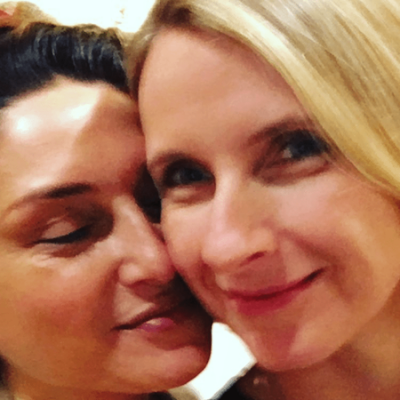 Gilbert reflects on the death of her partner, Rayya Elias — her longtime best friend, whose sudden terminal cancer diagnosis unlatched a trapdoor, as Gilbert put it, into the realization that Rayya was the love of her life:
Gilbert reflects on the death of her partner, Rayya Elias — her longtime best friend, whose sudden terminal cancer diagnosis unlatched a trapdoor, as Gilbert put it, into the realization that Rayya was the love of her life:
